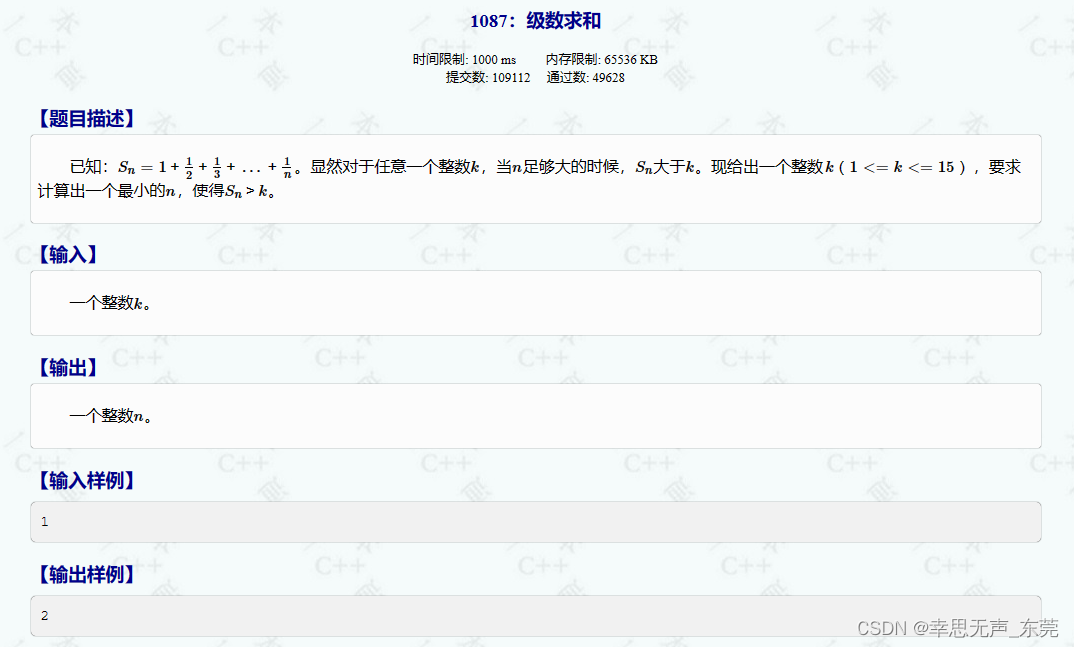LRU算法
LRU(Least Recently Used) 即最近最少使用,属于典型的内存淘汰机制。
根据数据的历史访问记录来进行淘汰数据,其核心思想是“如果数据最近被访问过,那么将来被访问的几率也更高”,其思路如下图所示:

该算法需要达到两个目的:①可以轻易的更新最新的访问数据。②轻易的找出最近最少未使用的数据。所以要用到哈希表+双向链表实现。利用map,获取key对应的value是O(1),利用双向链表,实现新增和删除都是O(1)。
传统意义的LRU算法是为每一个Cache对象设置一个计数器,每次Cache命中则给计数器+1,而Cache用完,需要淘汰旧内容,放置新内容时,就查看所有的计数器,并将最少使用的内容替换掉。它的弊端很明显,如果Cache的数量少,问题不会很大, 但是如果Cache的空间过大,达到10W或者100W以上,一旦需要淘汰,则需要遍历所有计数器,其性能与资源消耗是巨大的。效率也就非常的慢了。双链表LRU的原理: 将Cache的所有位置都用双链表连接起来,当一个位置被命中之后,就将通过调整链表的指向,将该位置调整到链表头的位置,新加入的Cache直接加到链表头中。 这样,在多次进行Cache操作后,最近被命中的,就会被向链表头方向移动,而没有命中的,则向链表后面移动,链表尾则表示最近最少使用的Cache。当需要替换内容时候,链表的最后位置就是最少被命中的位置,我们只需要淘汰链表最后的部分即可。
LRU数据结构如下图:

根据上图我们可以分析一下:
- 如果我们每次默认从链表尾部添加元素,那么显然越靠尾部的元素就是最近使用的,越靠头部的元素就是最久未使用的。
- 对于某一个
key,我们可以通过哈希表快速定位到链表中的节点,从而取得对应val。 - 链表显然是支持在任意位置快速插入和删除的,改改指针就行。只不过传统的链表无法按照索引快速访问某一个位置的元素,而这里借助哈希表,可以通过
key快速映射到任意一个链表节点,然后进行插入和删除。
-
版本1:自己实现循环链表存储,没有用API
/********************不用API的版本*************************/ /********************简单说一下思路*************************/ //1.首先hash表用的是unordered_map来实现,用来查找key对应的node节点,所以hash表应该是[key,node]形式存储 //2.LRUCache这个类实现双向链表的添加,删除,更新和遍历 //3.同时这个类还要实现get和put两个功能 //4.我这里用的是循环双向链表,因此查找链表尾端的元素为O(1),正常的双向链表是O(n) //总结:最重要的就是hash表中的key对应的不是int而是一个node节点,这个要记住 #include<unordered_map> #include<iostream> struct Node{ int key; int value; Node* pre; Node* next; Node(){} Node(int k, int v):key(k), value(v), pre(nullptr), next(nullptr){} }; class LRUCache{ private: //通过key可以找到位于链表中的节点 std::unordered_map<int, Node*> hash; int capacity; Node* head_node; public: LRUCache(int cap){ capacity = cap; head_node = new Node(); //初始化dummy_Node,next和pre都指向自己 head_node->next = head_node->pre = head_node; } //将新来的插入双向链表头部 void add_Node(Node* n); //将某个节点拿出来重新插入头部 void update_Node(Node* n); //移除链表中最后一个(最久未使用) void pop_back(); //输出LRU结构 void show(); int get(int key); void put(int key, int value); }; //注意,该节点可能是新节点,也可能是已经存在的有重新入链表的节点 void LRUCache::add_Node(Node* n){ //表示当前节点n就是dummy的next节点,不用加入 if(n->pre == head_node){ return; } //将节点n插入head_node后面 n->pre = head_node; n->next = head_node->next; head_node->next->pre = n; head_node->next = n; } void LRUCache::update_Node(Node* n){ //表示当前节点n就是dummy的next节点,不用断掉 if(n->pre == head_node){ return; } n->next->pre = n->pre; n->pre->next = n->next; add_Node(n); } //弹出链表的最后一个,由于是循环链表,就是head_node->pre void LRUCache::pop_back(){ Node* tmp = head_node->pre; head_node->pre = tmp->pre; tmp->pre->next = head_node; //删除unordered_map中的key hash.erase(tmp->key); } void LRUCache::show(){ //链表中没有节点,退出 if(head_node->next = head_node){ return; } Node* tmp = head_node->next; while(tmp->next != head_node){ std::cout<<"key:"<<tmp->key<<",vlaue:"<<tmp->value<<std::endl; } } int LRUCache::get(int key){ auto it = hash.find(key); if(it == hash.end()){ std::cout<<"there is no key"<<std::endl; return -1; } //取出key对应的node节点 Node* node = it->second; update_Node(node); return node->value; } void LRUCache::put(int key, int value){ auto it = hash.find(key); if(it == hash.end()){ Node* node = new Node(key, value); add_Node(node); hash.insert({key, node}); if(hash.size() > capacity){ pop_back(); } }else{ it->second->value = value; update_Node(it->second); } } -
版本2:使用deque,为什么使用deque说的很清楚
/****************注意unordered_map的插入************/ #include <iostream> #include <deque> #include <unordered_map> #include <list> class LRUCache{ private: int capacity; //1.之所以用deque不用list是因为移除尾部元素的时候,deque方便 //2.deque里面可以存储自定的node类型,也可以用pair表示,这里我用pair了 std::deque<std::pair<int, int>> my_deque; //通过key找到对应key在deque中的位置 std::unordered_map<int, std::deque<std::pair<int, int>>::iterator> hash; public: LRUCache(int cap):capacity(cap){} int get(int key); void put(int key, int value); }; int LRUCache::get(int key){ if(hash.find(key) == hash.end()){ std::cout<<"there is no key"<<std::endl; return -1; } std::pair<int, int> tmp = *hash[key]; my_deque.erase(hash[key]); my_deque.push_front(tmp); //更新hash表中对应key位于deque的位置 hash[key] = my_deque.begin(); return tmp.second; } void LRUCache::put(int key, int value){ if(hash.find(key) == hash.end()){ if(my_deque.size() >= capacity){ //把hash表中的抹除,然后删除deque中的 auto it = my_deque.back(); hash.erase(it.first); my_deque.pop_back(); my_deque.push_front({key, value}); hash.insert({key, my_deque.begin()}); }else{ my_deque.push_front({key, value}); hash.insert({key, my_deque.begin()}); } }else{ //更新就行 my_deque.erase(hash[key]); my_deque.push_front({key, value}); //更新hash表中key的位置 hash[key] = my_deque.begin(); } }

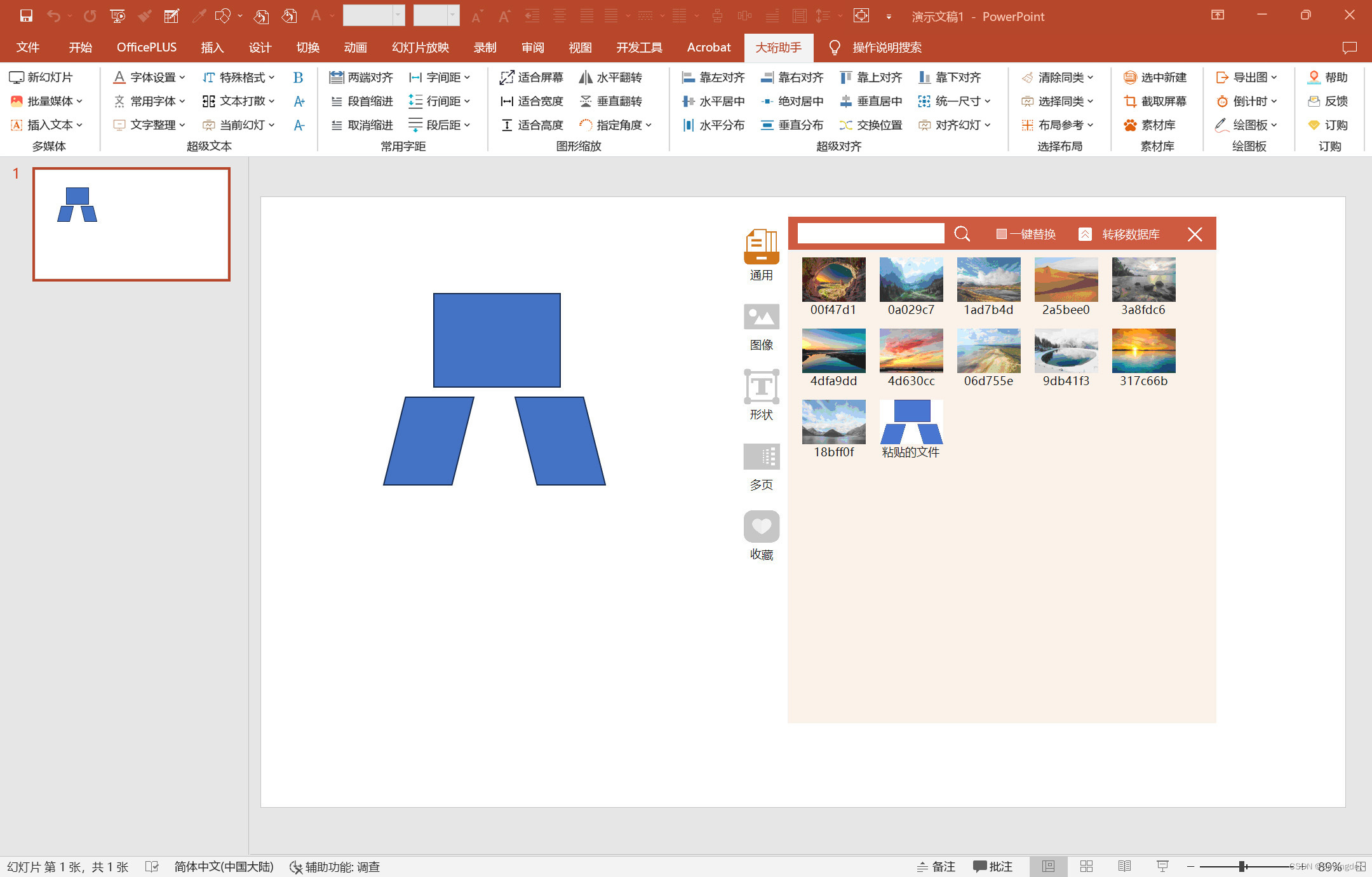










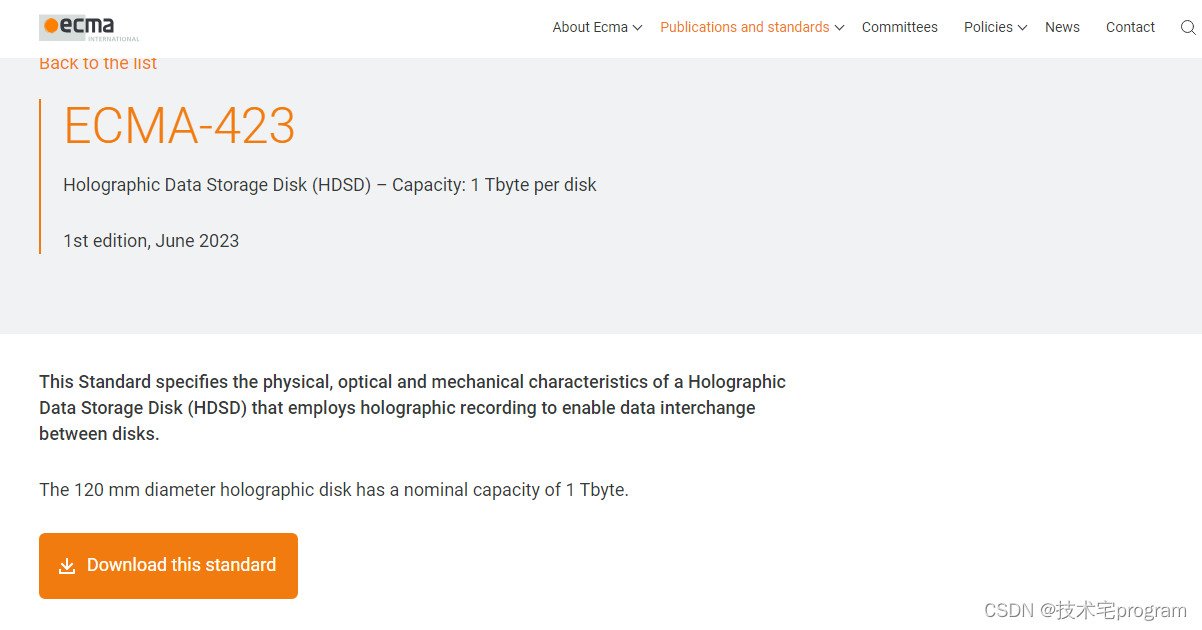
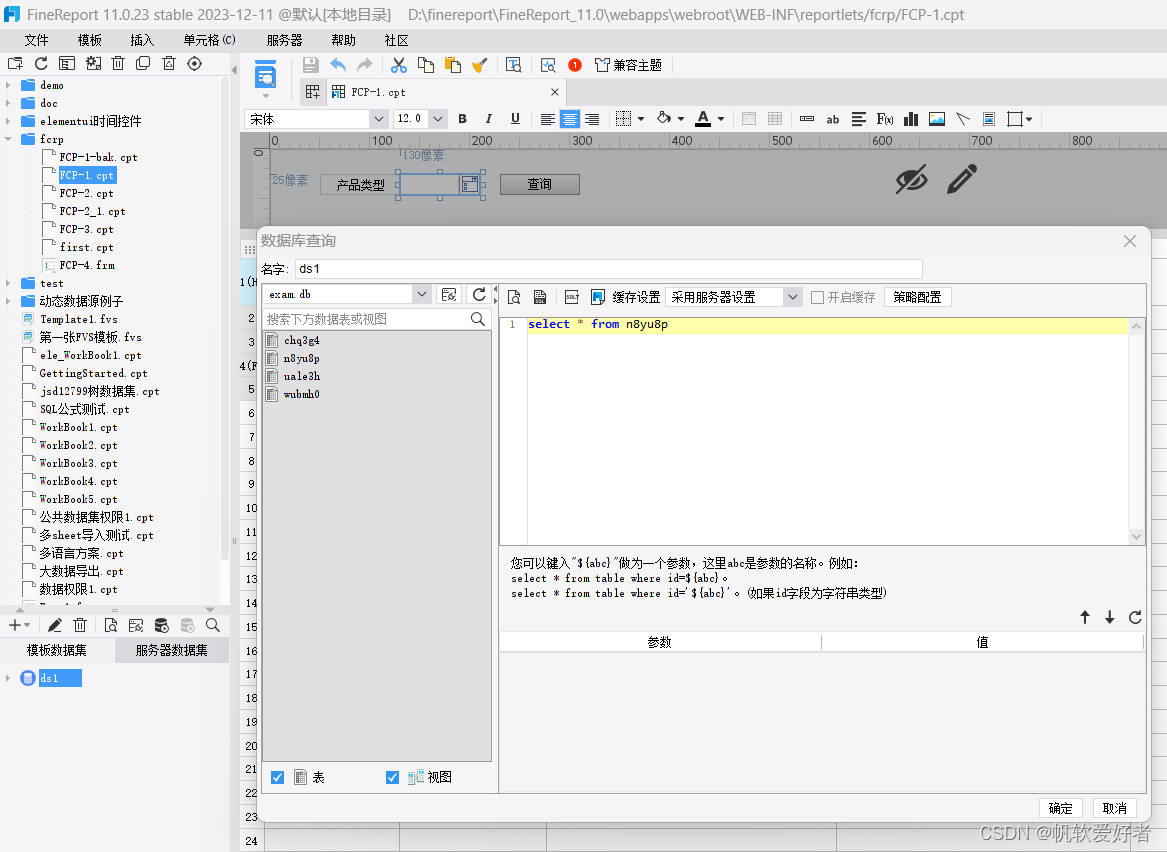
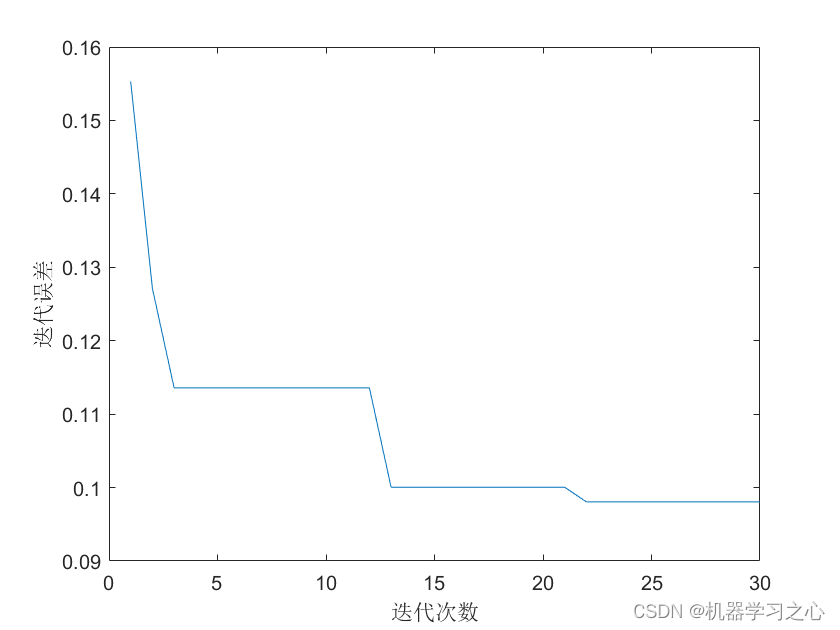
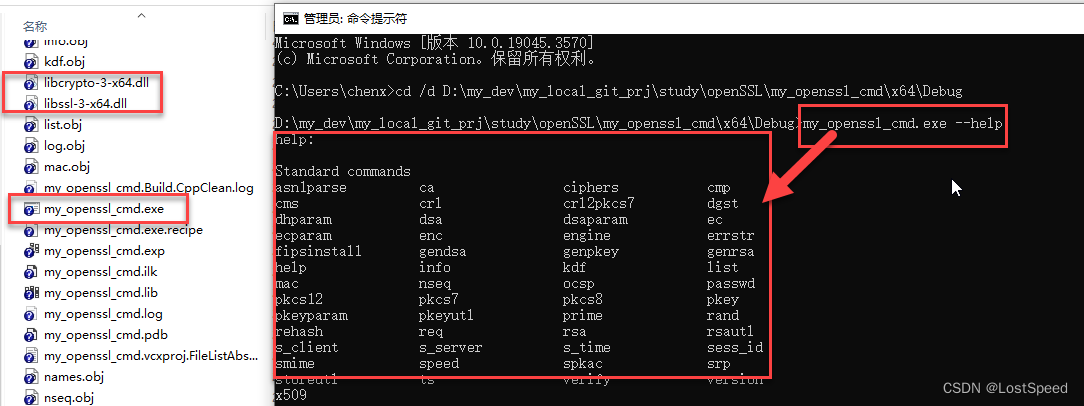
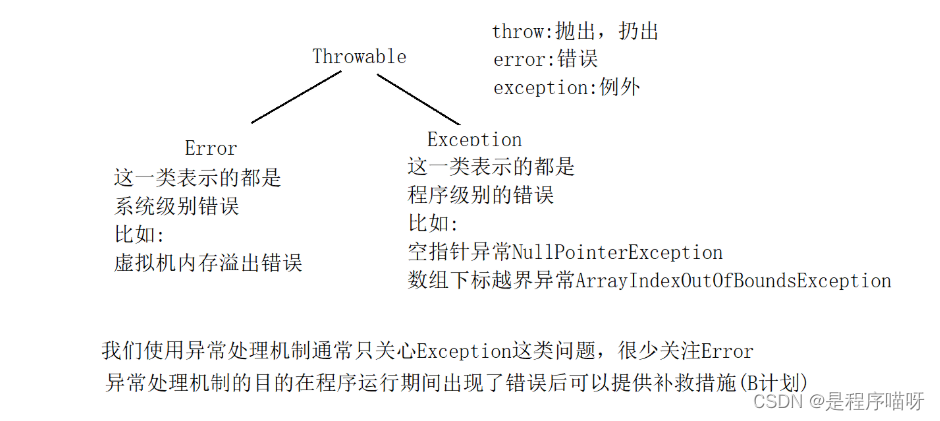
![[Docker] Mac M1系列芯片上完美运行Docker](https://img-blog.csdnimg.cn/direct/4f4d4a4d953040ddbee1bcbe02c0203a.png)

